Your cart is currently empty!
Category: History
-
Soy Sauce, A Magical Elixir

Sixty-seven wooden barrels, linked by ropes made of bamboo, so high that they reach the ceiling. Kazuhiro Shibanuma cares for them with extreme care, as required of the leader (17th generation) of Shibanuma Soy Sauce, who have produced this species for more than 330 years in Tsuchiura, Ibaraki Prefecture. He tells us that these barrels… Read more
-
Japanese proverbs – Lessons for life
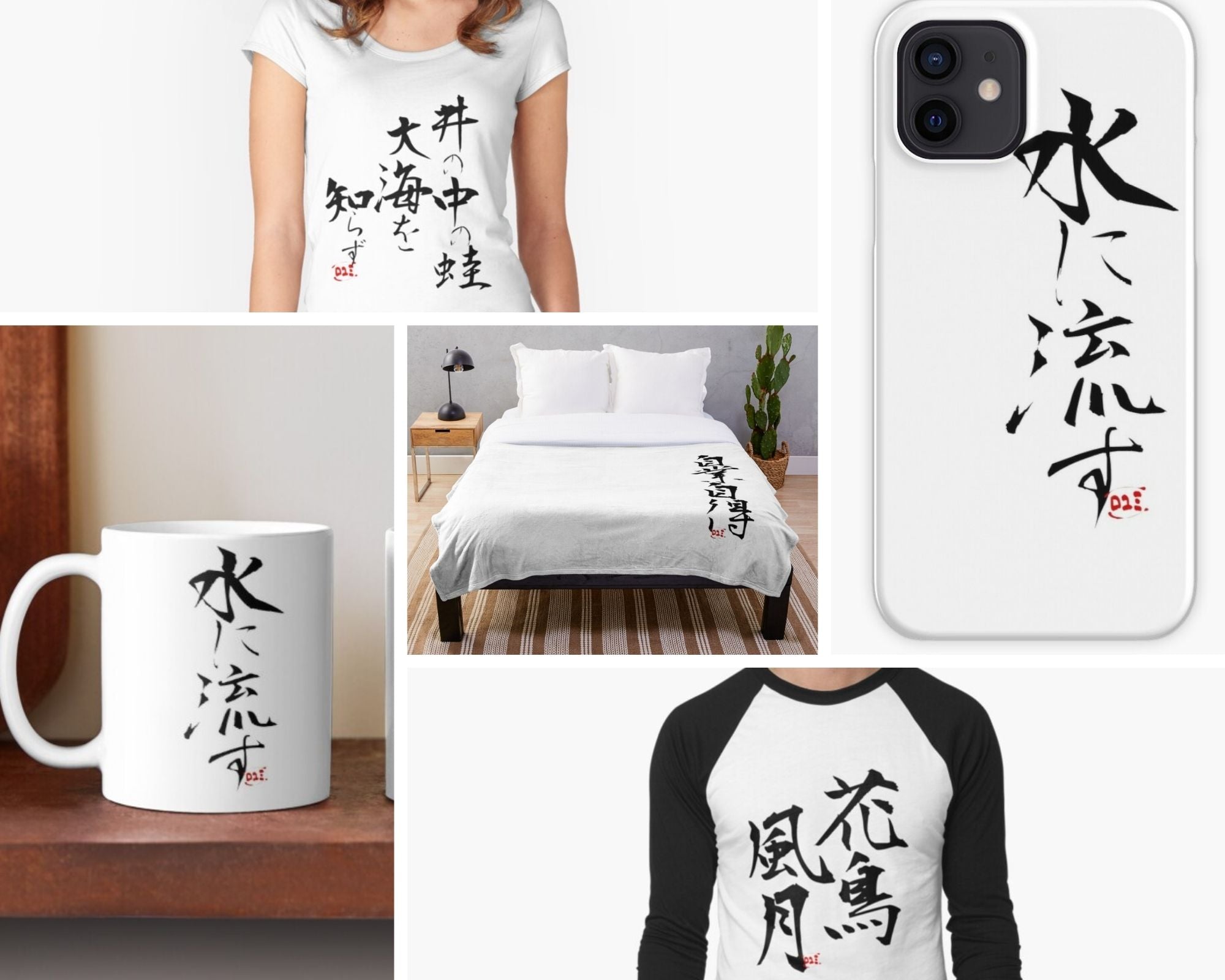
Japanese sayings and idioms are full of ancient wisdom. Japanese proverbs are called ことわざ (kotowaza) and can be constructed as simple sayings or deeper, philosophical phrases. Traditional Japanese culture has always been related to agriculture, so many proverbs reflect customs and practices related to it. Some proverbs refer to the game of Go and many… Read more
-
Travel Back in Time to the Jōmon Period with Bōrō NOGUCHI Hakodate
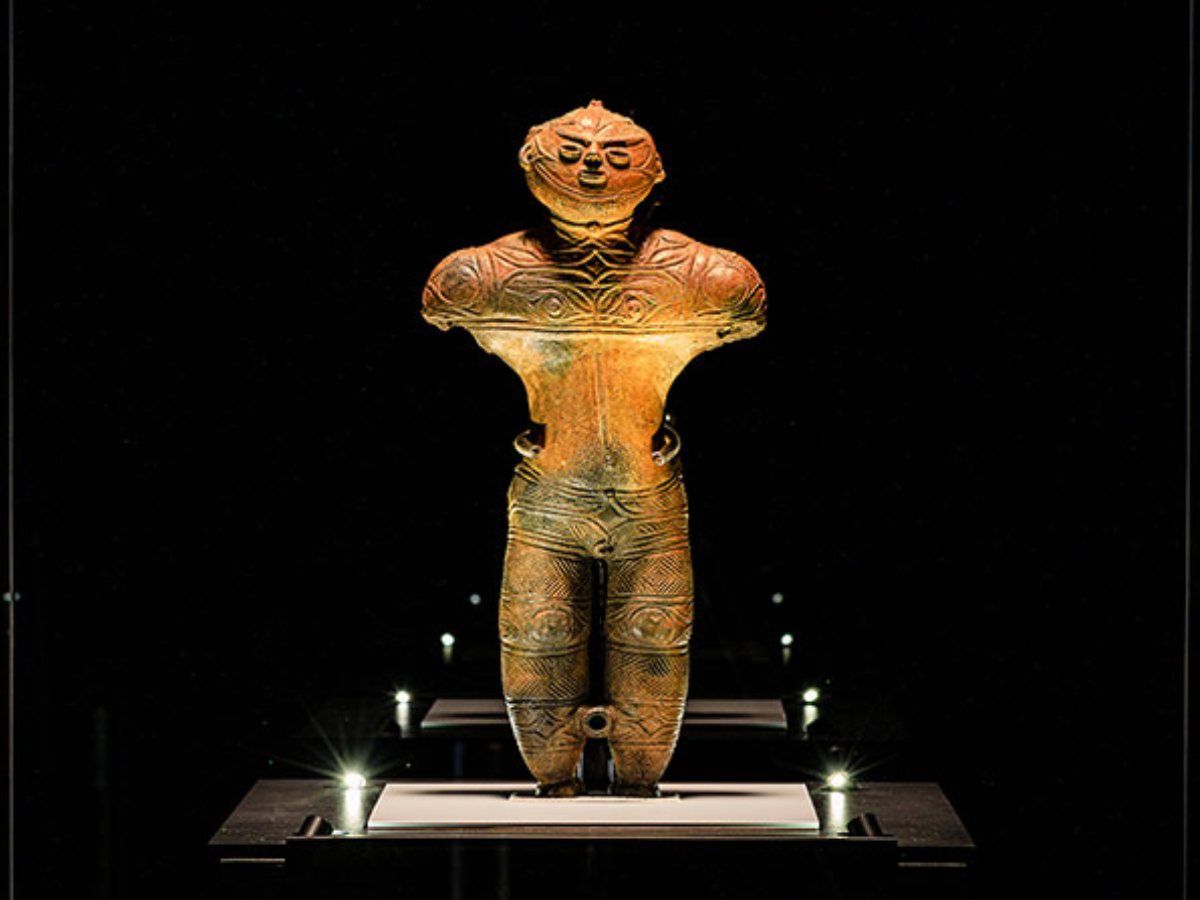
As of July 1, 2021, the Bōrō NOGUCHI Hakodate luxury hotel in Yunokawa (famous Onsen area) started a plan or package that includes a visit to the Jōmon Archaeological Zone in Hokkaido Prefecture. Given the current situation with the global pandemic, it is better to avoid places with crowds and public transport, so the hotel… Read more
-
Ginkakuji Temple- The Silver Pavilion in Kyoto
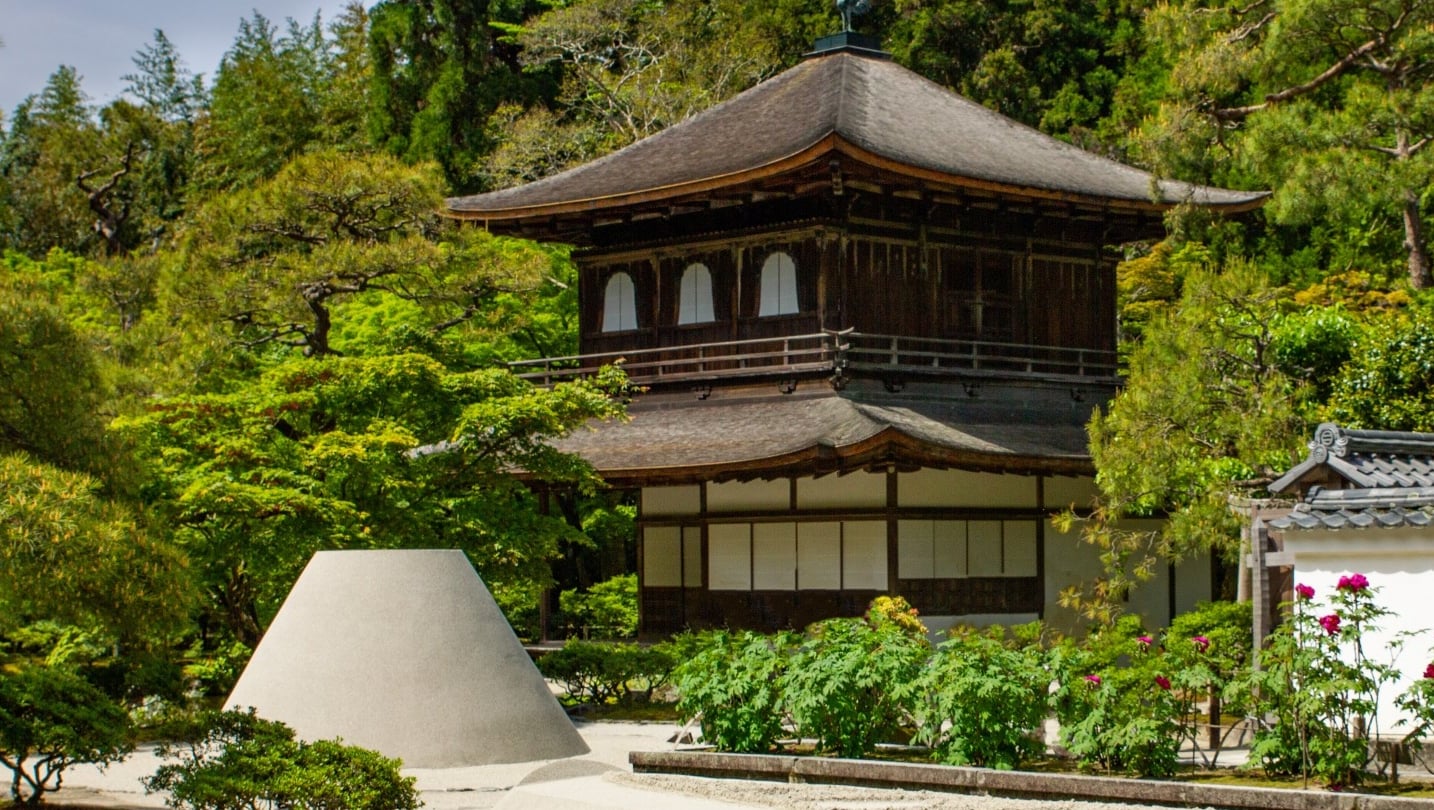
The Ginkakuji 銀閣寺is a Zen temple along the eastern mountains of Kyoto (Higashiyama). In 1482, the shogun Ashikaga Yoshimasa built his retirement villa on the grounds of the current temple, modeling it after the Kinkakuji (Golden Pavilion), his grandfather’s retirement villa at the base of the mountains north of Kyoto (Kitayama). The village (Ginkakuji) became… Read more
-
The Sankin-kōtai System – Feudal Control in the Tokugawa Era
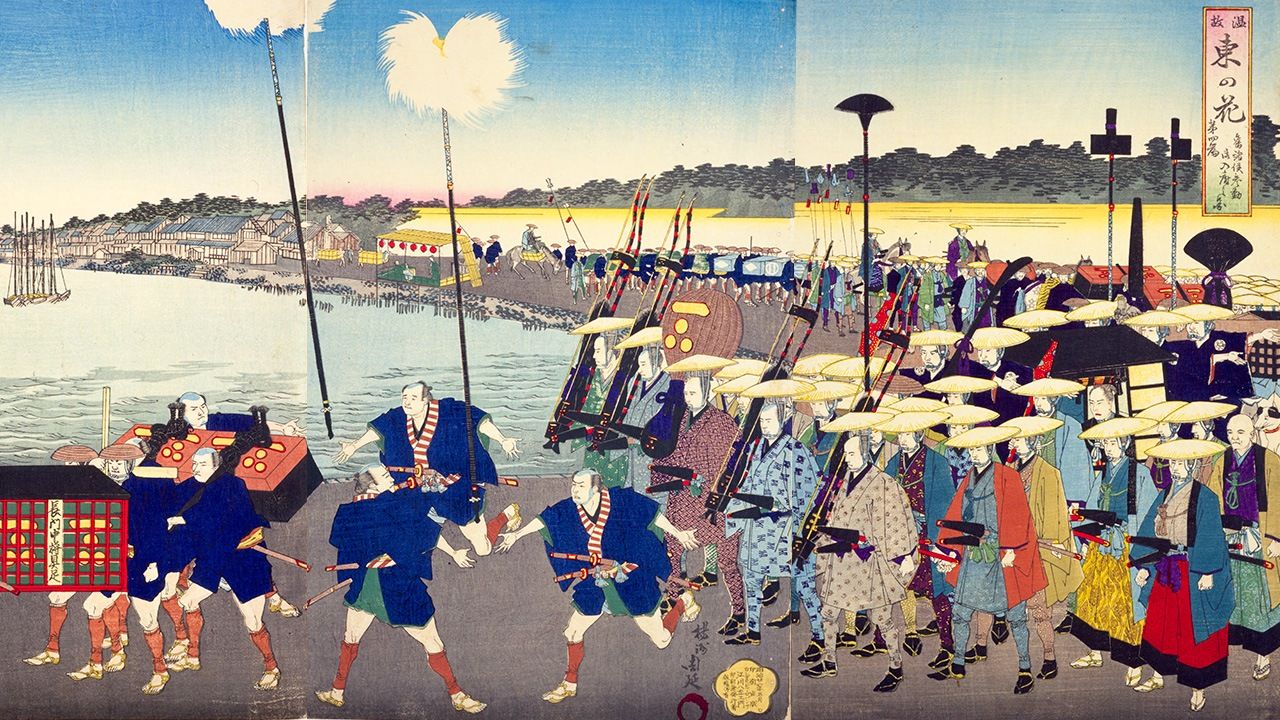
During the Sengoku period (戦国代) or the “Warring States Period”, which lasted for around one hundred years (1500 to 1603), Japan was plagued by endless civil wars. Feudal warlords fought for supremacy in Japan. Finally, Ieyasu of the Tokugawa family was able to gain the upper hand in the Battle of Sekigahara in 1600 and… Read more
-
Katsushika Hokusai – Ukiyo-e artist and an icon of Japan
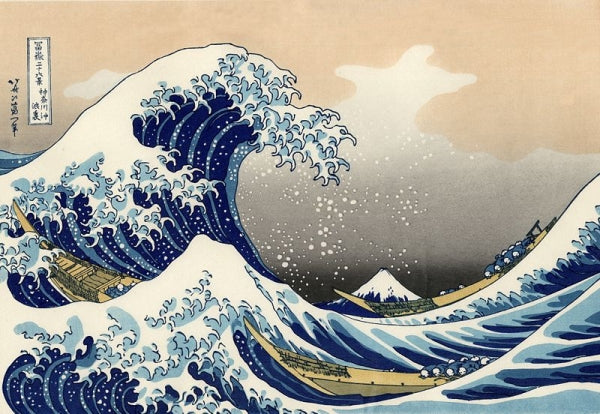
Katsushika Hokusai 葛飾北斎(c. October 31, 1760 – May 10, 1849) known simply as Hokusai, was one of Japan’s foremost Ukiyo-e artists. His masterpiece is considered the series of landscape paintings “ Fugaku sanjurokkei ” or “Thirty-six Views of Mount Fuji” as well as his collection of model drawings for his disciples known as “ Hokusai… Read more
-
Who were the Samurai
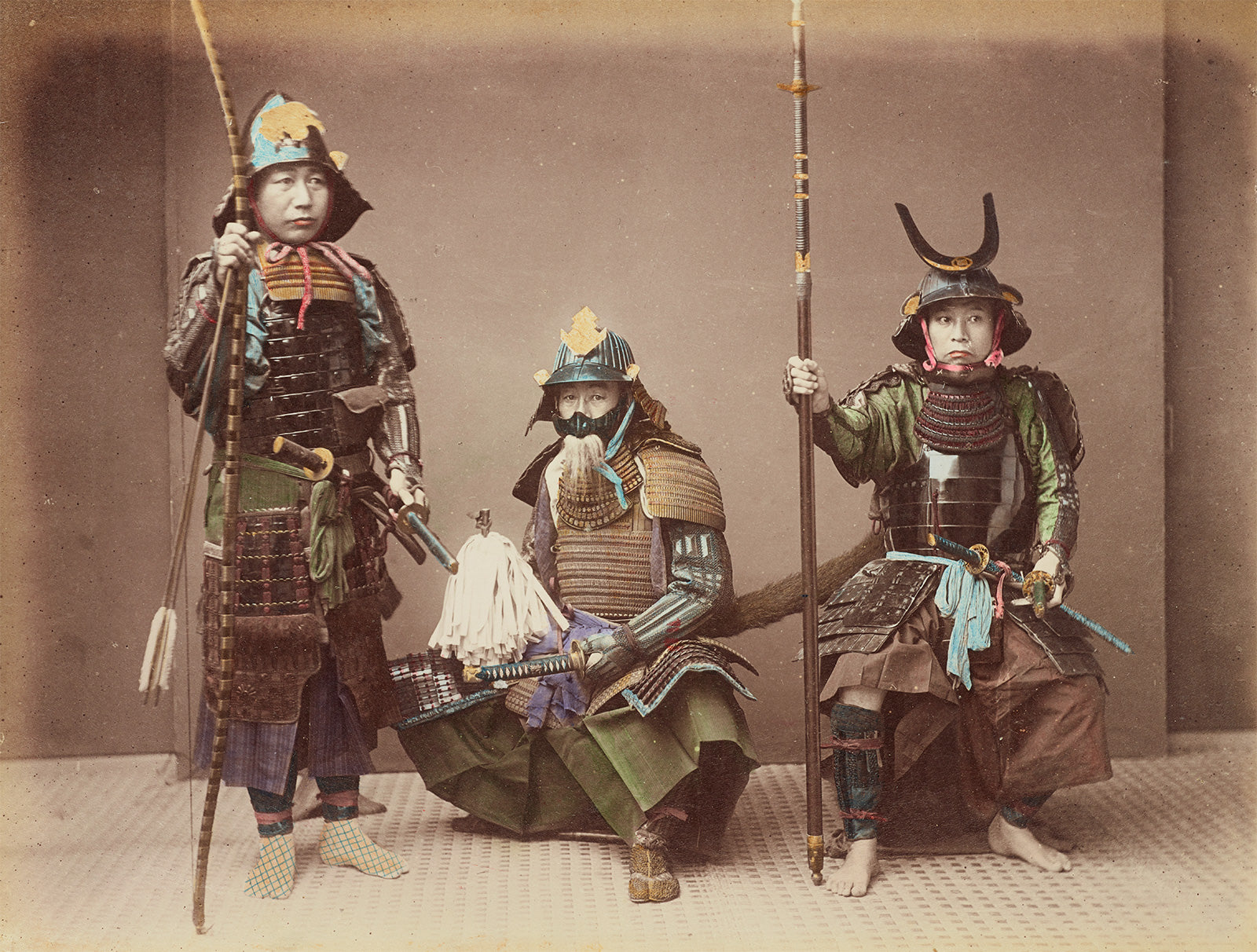
Samurai were a class of highly trained warriors that emerged in Japan after the Taika reforms in 646, which included land redistribution and new taxes to support a new empire in the elaborate Chinese style. The reforms forced many farmers to sell their land and work it under a single new owner. Over time, some… Read more
-
7 Symbols of Japan and their Meaning
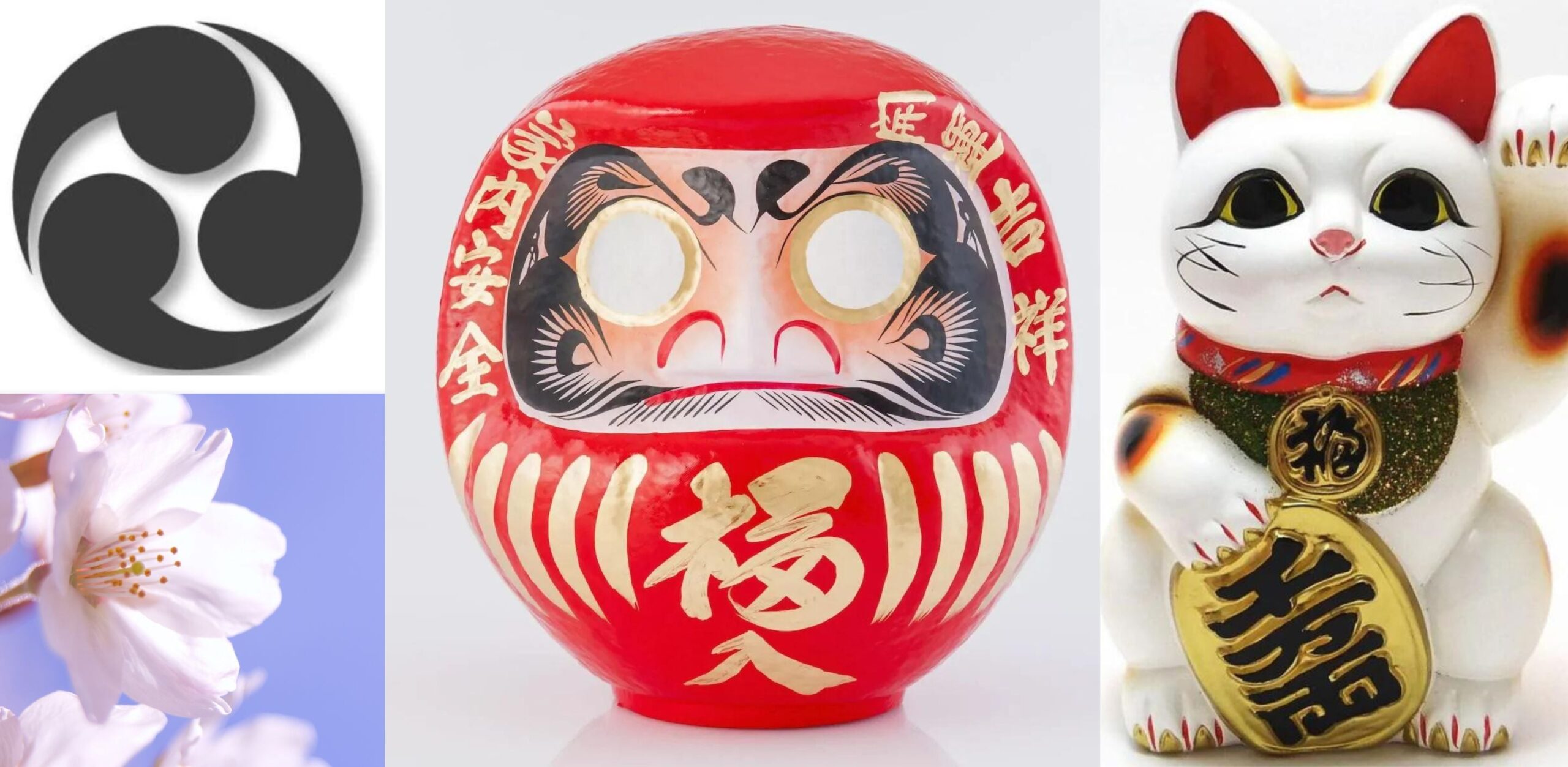
There are many symbols in Japan that are an important part of the thought and culture of its society and that are very important to learn and understand when you want to live in it. Today we present you 7 very representative and important symbols in Japan! The futatsudomoe (二つ巴) is a symbol that uses… Read more
-
Kendo – The Way of the Sword
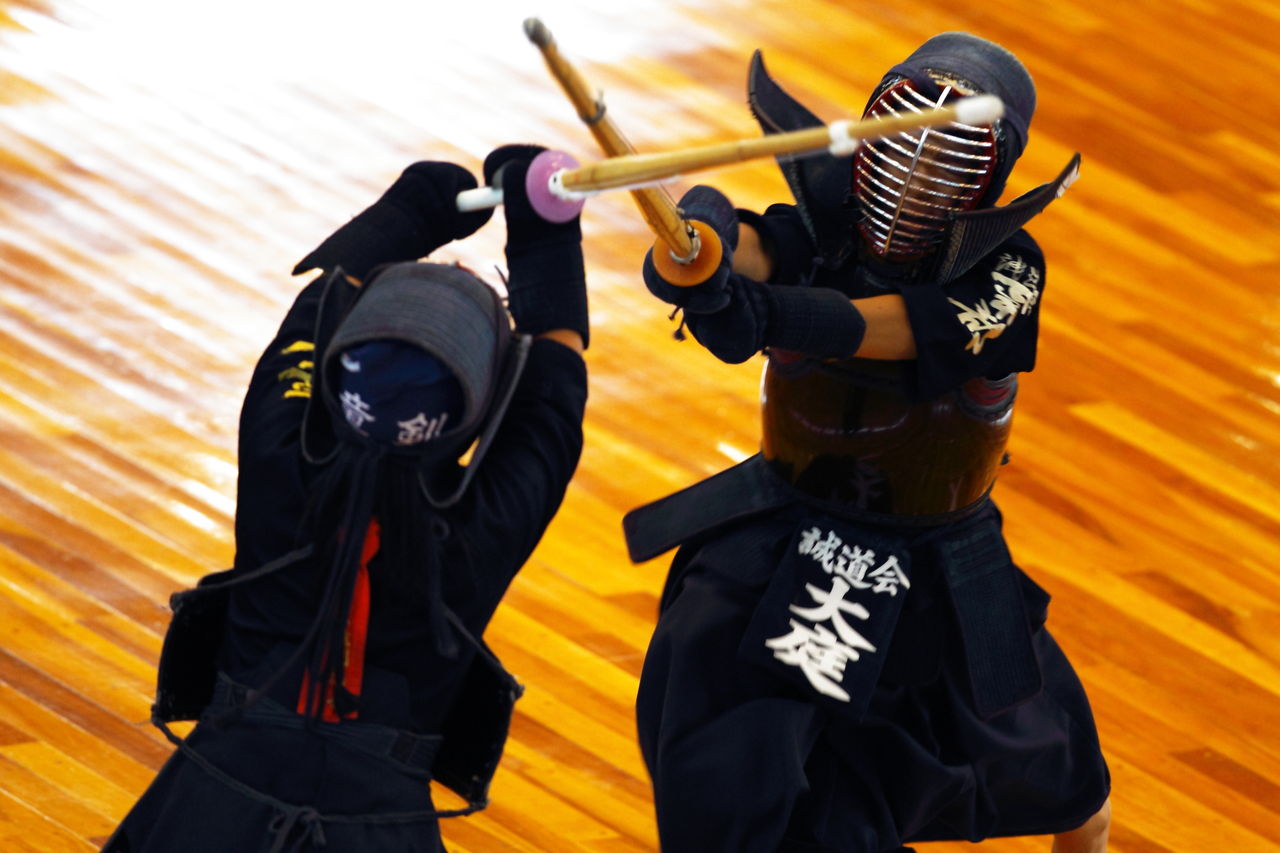
Kendō (剣道, lit. ‘way of the sword’) is a modern Japanese martial art, descended from kenjutsu . Originally, it was mainly practiced by samurai. Today it is considered a discipline in which the mind and body face each other in a sporting challenge. The Japanese sword may have emerged around the Heian Era (794-1185) used… Read more
-
Fun Facts about Japan in the Edo era (1603 to 1867)
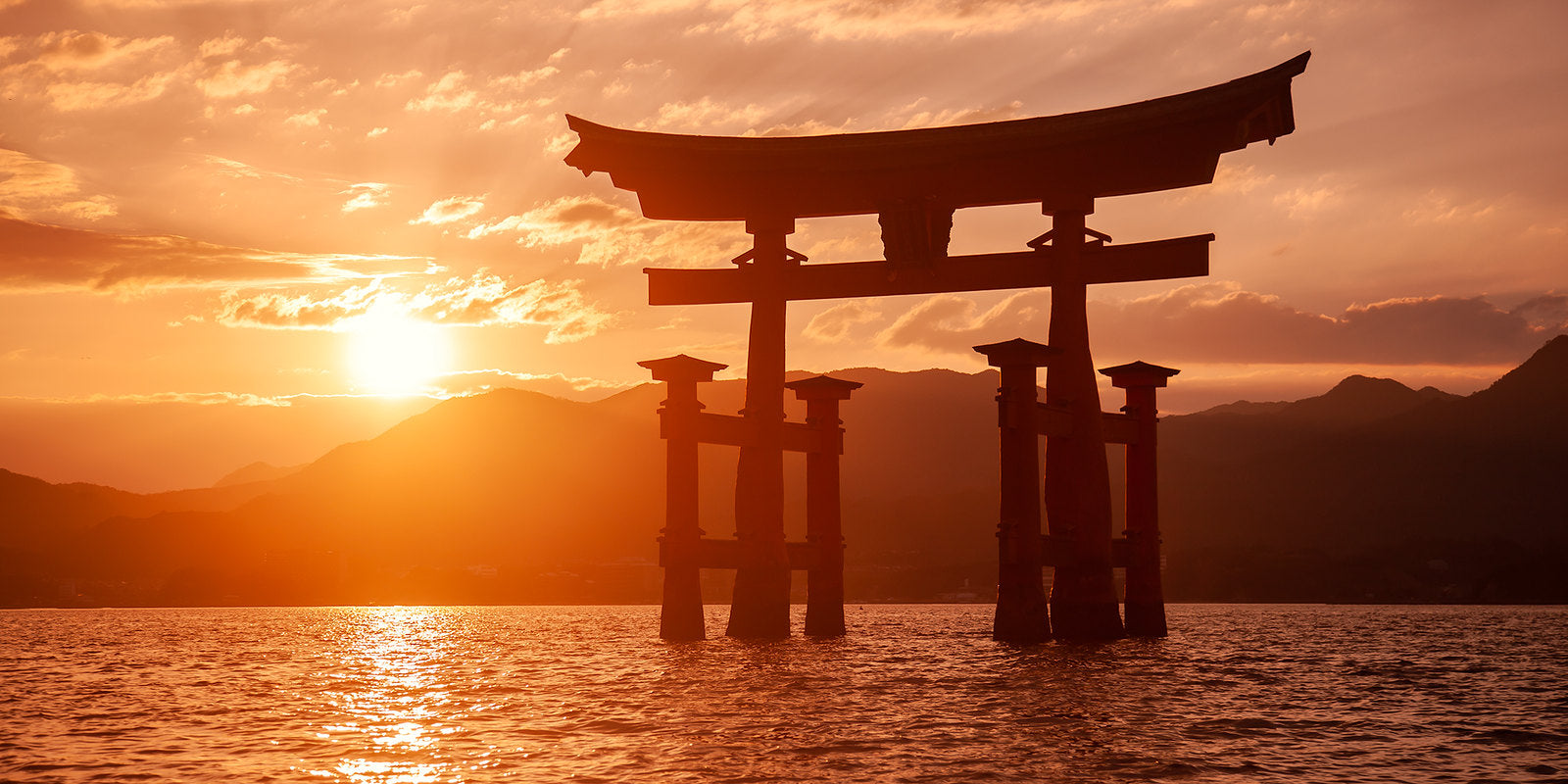
Japan is a country that is always at the forefront and will never cease to surprise us! That is why we present you these curious facts about Tokyo, its capital in times of the Edo Era (1603 to 1867) that you may not have known! 70% of the population of Edo were men Women made… Read more
